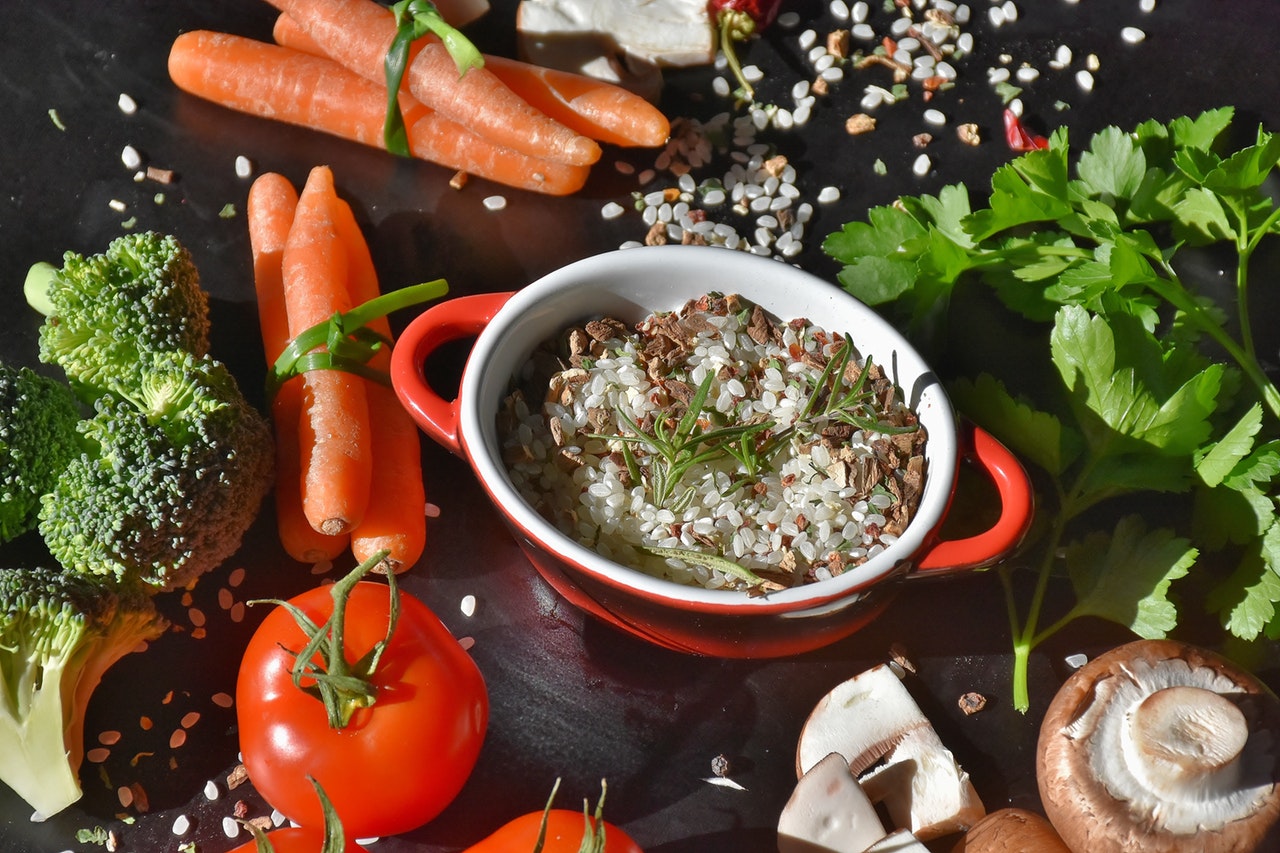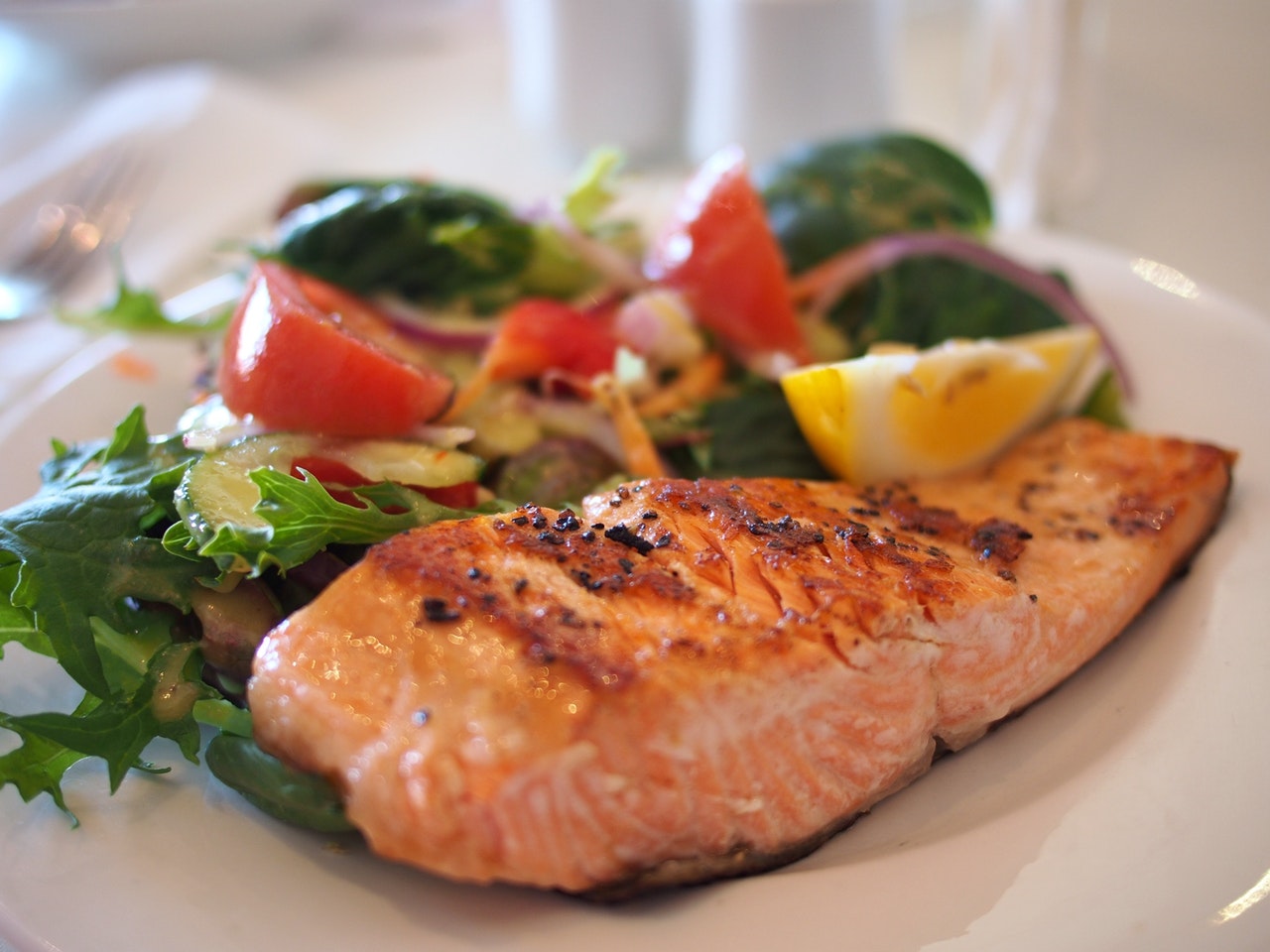A diet is described as a rule of thumb for food and drink on medical grounds or to lose weight. Crash diets are well known to most people to lose weight in a very short interval of time. These are not healthy. For the simple reason that you often miss important nutrients in this way because you often eat very little and one-sided. In the banting diet, low carbohydrate is eaten and these carbohydrates mainly come from fruits and vegetables. Eating as nature intended, that’s what this diet is about.
Do we eat people’s food?
The Banting diet is a diet inspired by what our ancestors ate. You can ask yourself whether the modern food we eat and drink is suitable for us. The first people lived 200,000 years ago. These hunter-gatherers mainly ate fruits and vegetables.
It is ‘only’ 12,000 years ago that we started to grow crops. During this agricultural revolution there was no need to wander around in order to search for food. All energy was put into building settlements, growing crops, creating a supply of food and reproduction. Civilization also arose from this agricultural revolution. Nothing wrong with this progress would you think.
At the same time, this changed our way of eating. Our food now consisted mainly of carbohydrates in the form of grains and grain products. In our current society, we can process these grains so easily that our diet has made the shift to eating mainly refined carbohydrates.
People have only been eating refined carbohydrates for the last 100 years. That is not yet 1% of the time that we are on earth.
- Add to this shift also that little fat in the 50s became the standard and genetically manipulated food made its appearance and also influenced our ‘human food’. Today we see products with cow letters ‘without artificial sugars’ on them and then full of artificial sweeteners. Do you still understand what you can eat for a healthy weight and good health?

The story behind Banting
William Banting, a London funeral director, turned to his doctor, William Harvey, in 1862. He had become so obese and wanted to lose this weight again. William Harvey decided to have his patient follow a so-called LCHF diet (low-carb, high-fat). He limited the amount of carbohydrates that Banting was allowed to eat. But not only that. His meal frequency went down to 4 modest meals a day based on vegetables, fruit, meat and bread, milk, beer, sugar, potatoes. Butter had to be avoided. After all, butter was thought to contain starch at the time.
Banting lost a lot of weight and published a book. Not much later, all kinds of variants of the Banting diet came on the market. Some with more proteins, others with more fats. Despite these differences, there was a common denominator; they all agreed that the amount of carbohydrates needed to be limited.
Insulin resistance
In our current society we eat a lot of carbohydrates. Often 5-6 times a day. This starts at breakfast with a sandwich, then we eat a biscuit with the coffee. Just 2 hours later we go again to the bombs. During our 4-hour dip we need some goodies and we eat a cereal biscuit. When we brag our plate in the evening, there is often a generous portion of pasta, rice or potatoes on our plate. And that late night snack? A bowl of crisps eats away so nice in front of the television.
Of course the above is an exaggerated example, but you will be amazed at how much refined carbohydrates you eat in 24 hours. Let’s face it: do you get the majority of your carbohydrates from fruit and vegetables? Or just from breakfast cereals, bread, pasta or a ‘healthy’ cake?
Because we have been eating carbohydrates so often, there is a real advance of the phenomenon of insulin resistance. Simply put, the following happens.
- When glucose enters your body, your pancreas makes the hormone insulin. Insulin ensures that the sugar molecules are removed from your bloodstream and transported to the body’s cells. Your blood sugar level is decreasing again.
- When the cells arrive, the glucose ensures the generation of energy in the cells.
- But if there is a lot of supply of glucose again and again and all supplies are full, then the cells close their ‘doors’ at a given moment. This has different consequences.
- An excess of insulin is stored by the body as fat and can therefore affect your weight.
- It also affects your energy management. When the glucose can not get into your cells properly because they have become insensitive to insulin, you have a problem with generating energy. Someone with insulin resistance has a constant appetite and can hardly skip a meal.
The greater our insulin resistance becomes, the more susceptible we become to obesity, diabetes, high blood pressure and cardiovascular disease.
In Brief…
- Eat enough healthy fats. Fat saturates, gives taste to your food and is good for your health. Think of butter, olive oil and coconut fat, but in the Banting menu also fused animal fats are used.
- Eat your veggies! Vegetables are a valuable source of vitamins, minerals and bio-active substances. Try to eat something green with every meal and vary.
- Provide 3-4 eating moments per day (depending on your health and lifestyle). This means that you can leave your snacks in future. This way you take a good step towards solving insulin resistance. In the beginning you will crave a snack, but after a few days of low-carbohydrate food, this ‘craving for sweets’ is less or even completely gone. Make sure you eat good full meals.
- Do not eat too much, but not too little! Eat so much that you feel satisfied. Chewing well and eating slower helps with this.
- Do not completely loose on proteins. An essential part of banting is increasing fat intake and reducing your carbohydrate intake. In terms of proteins, you can assume about 80-90 grams of meat or fish per meal.
- Go read labels! The so-called „sludge sugars” can also be found in ‘healthy’ products and ready-to-eat meals. Do not use packages and bags or pre-packaged food at all.
The sum of a healthy life
With only ‘real food’ you naturally take a lot of steps in the right direction. But if you then go through life with a lot of stress, this is not healthy. Sitting in the office the whole day behind your laptop and hardly moving is not healthy either. It is therefore a combination of nutrition, exercise and relaxation.
